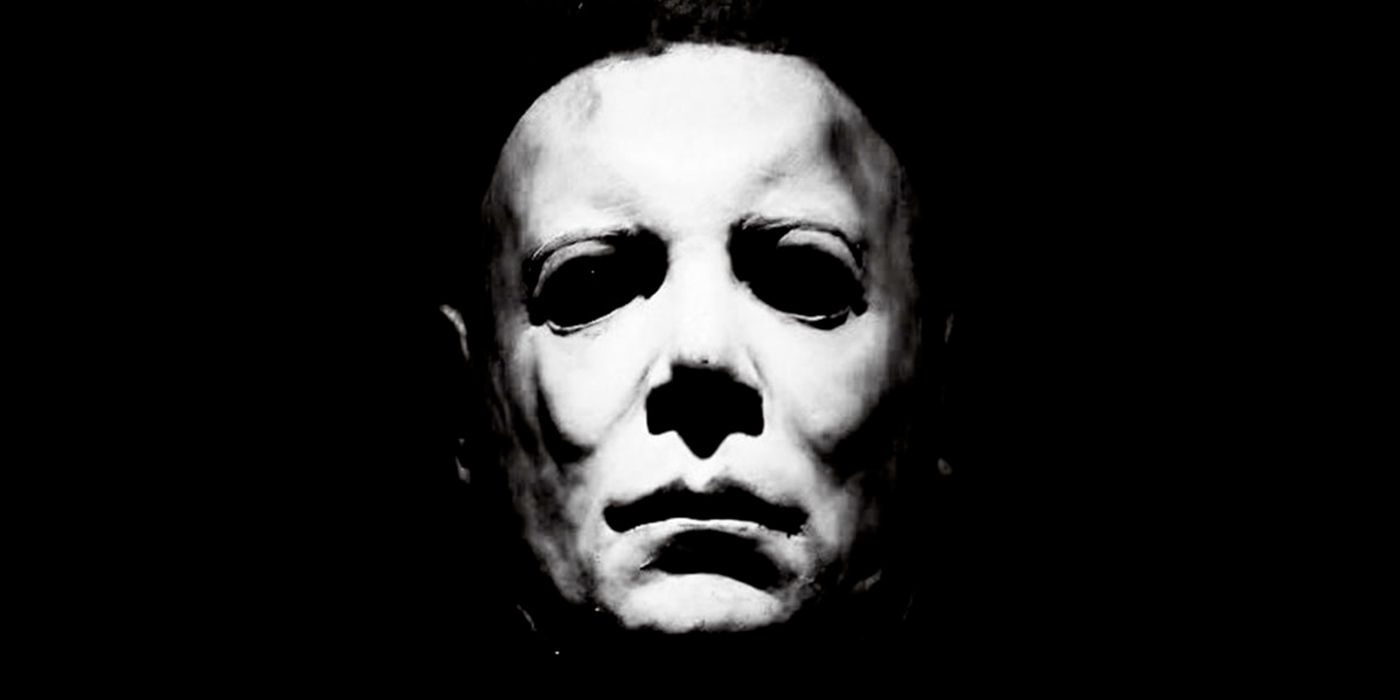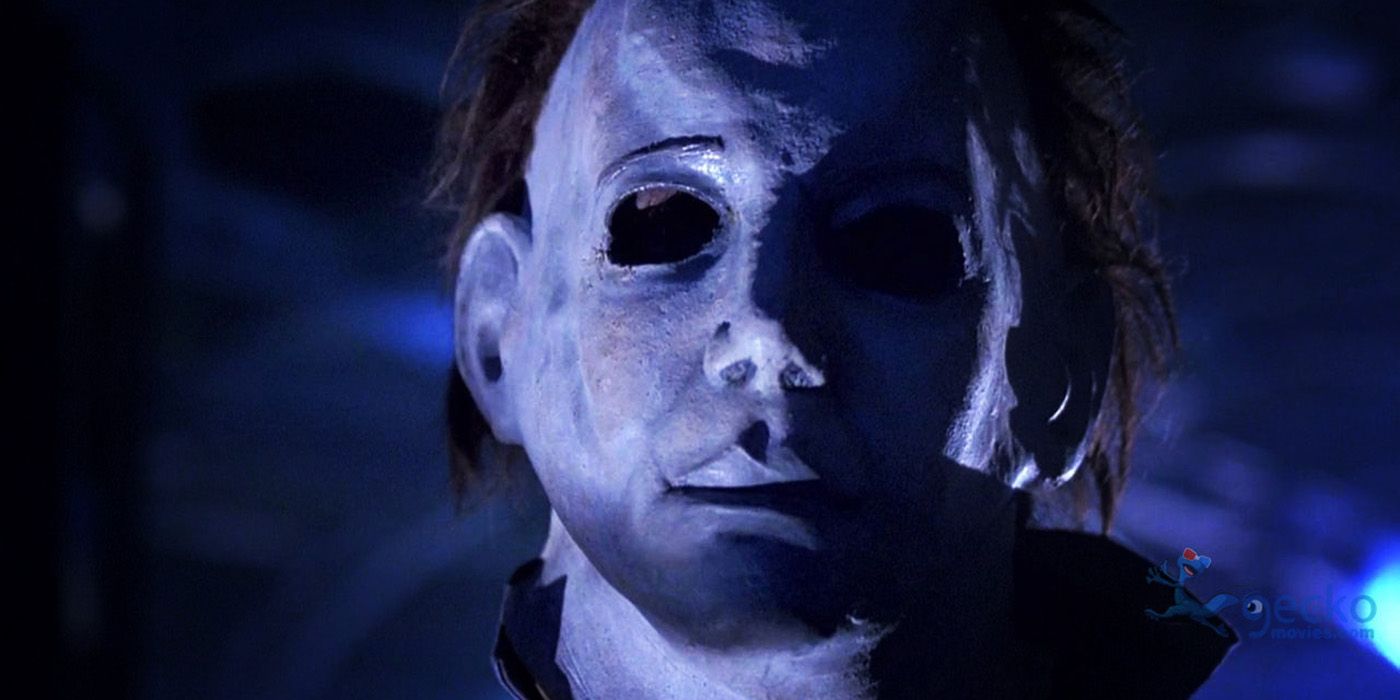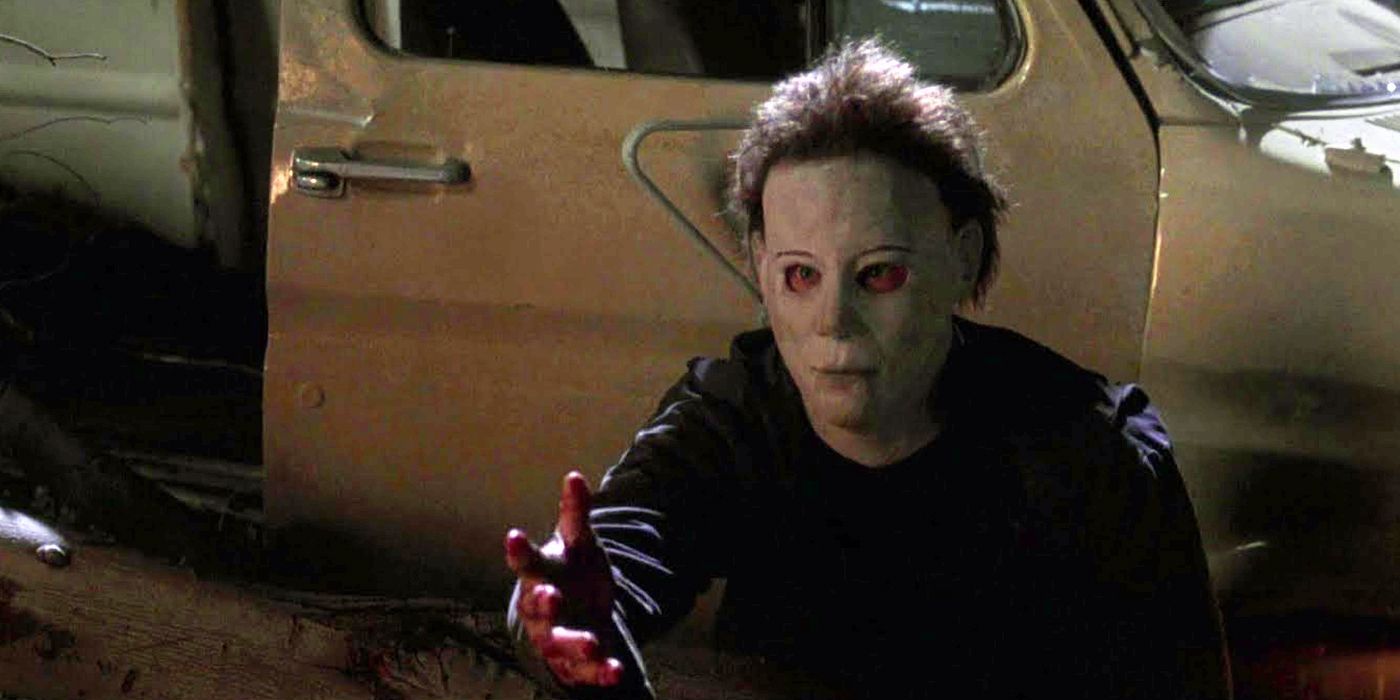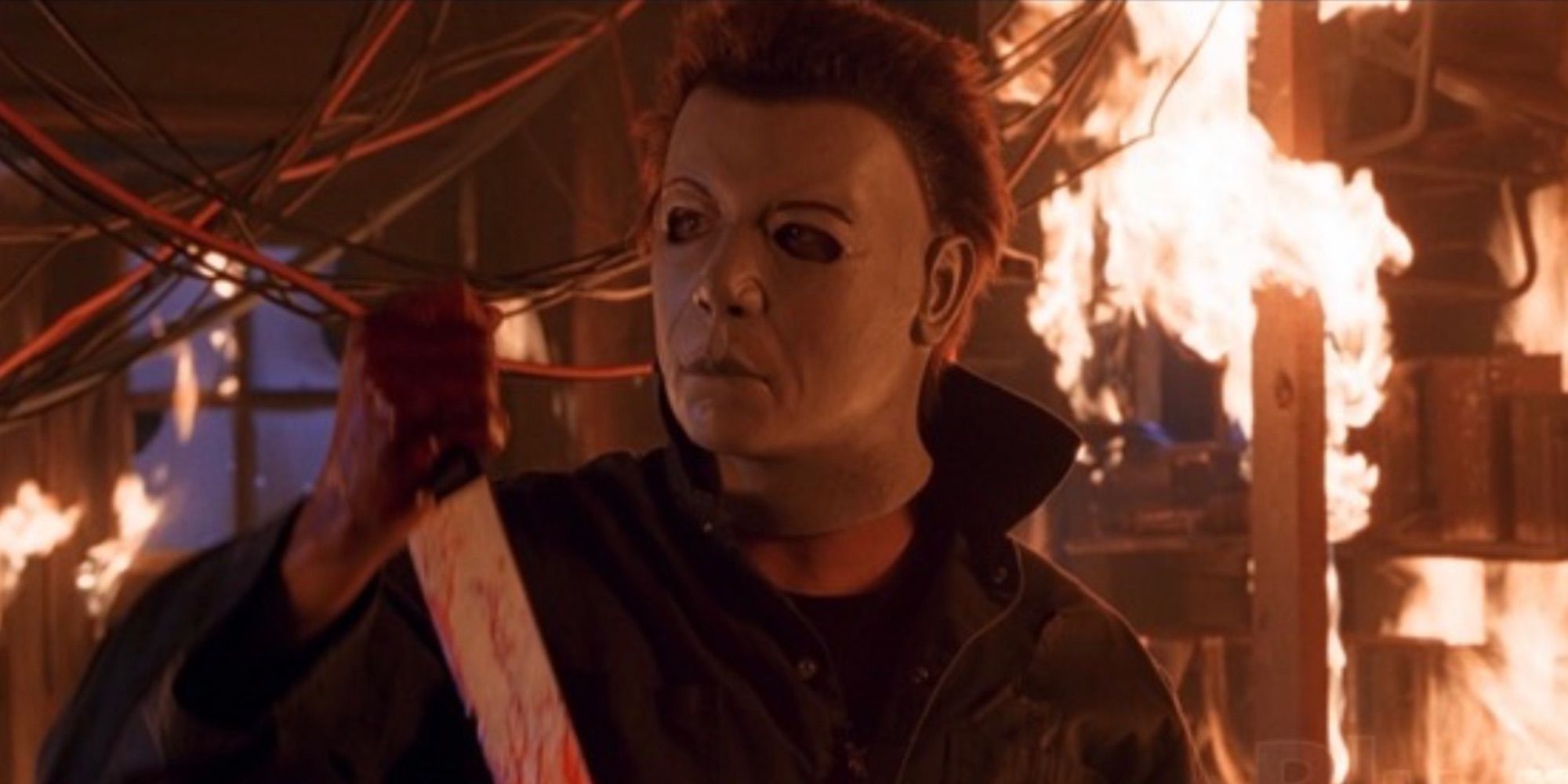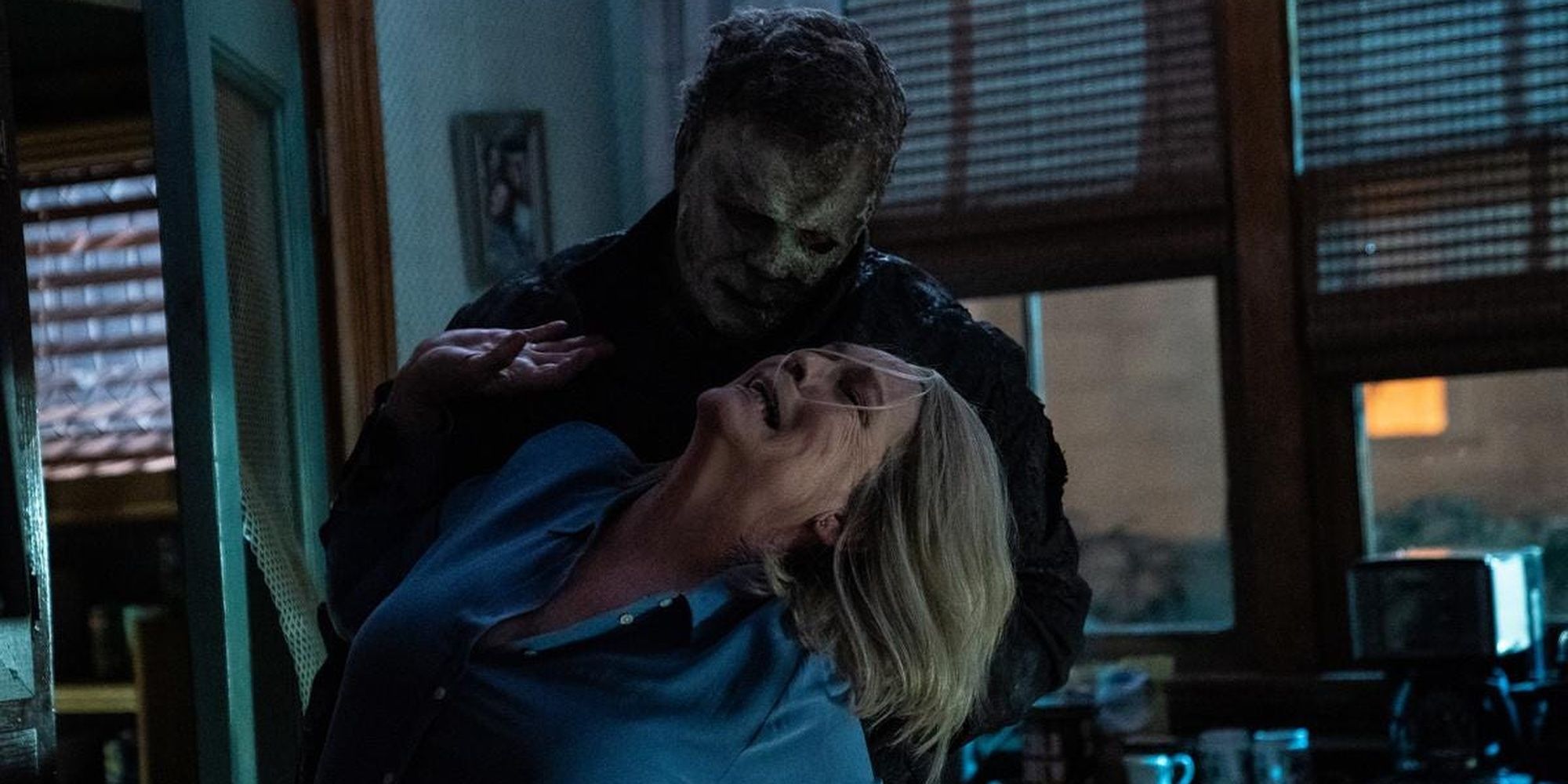The Big Picture
- The original mask worn by Michael Myers in Halloween is a low-budget legend that became an iconic symbol of terror due to its blankness and lack of emotion.
- Subsequent sequels of Halloween failed to capture the magic of the original mask, with later versions being described as blobby and distractingly affected.
- Different directors and VFX teams attempted to recreate the simplicity of the original mask, but failed to achieve the same level of menace and mystery, resulting in masks that lacked the impact of the original.
The mask worn by knife-wielding madman Michael Myers in 1978's Halloween is the stuff of low-budget legend. John Carpenter, undoubtedly the Master of Horror but even more masterful at stretching a dime into gold, left the mask in the hands of production designer Tommy Lee Wallace, who famously purchased a William Shatner mask from a random Hollywood Boulevard costume shop for $1.98, spray painted it white, and tinkered with the eyeholes and hair a bit. The result, against all logic and reason, was and still is terrifying enough to become iconic shorthand for "scary murderer with a knife." It's the blankness, the utter lack of emotion at odds with the quick, effectively brutal physical violence Nick Castle brought to the role; that first Michael Myers mask is the embodiment of the nothingness at the center of a sociopath. It's improbably scary, but the real surprise came later. Here we are after 45 years, 13 sequels and counting — Miramax recently confirmed plans for a Halloween cinematic universe — and budgets ballooned well past what Carpenter was dealing with in '78, and Michael Myers' mask has somehow never looked as good as it did when someone bought Captain Kirk's face for less than $2 and slapped some spray paint over it.
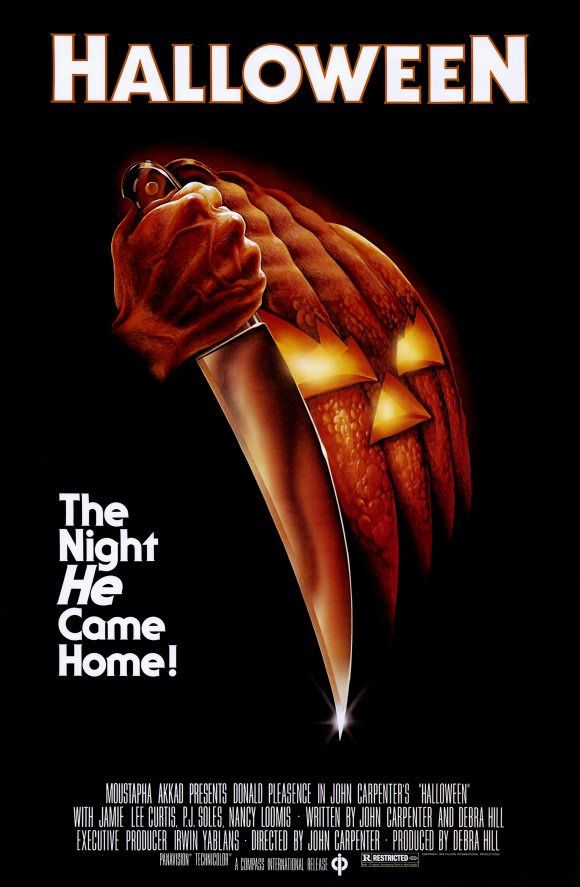
Halloween (1978)
Fifteen years after murdering his sister on Halloween night 1963, Michael Myers escapes from a mental hospital and returns to the small town of Haddonfield, Illinois to kill again.
- Release Date
- October 27, 1978
- Director
- John Carpenter
- Cast
- Donald Pleasence , Jamie Lee Curtis , Tony Moran , Nancy Kyes , P.J. Soles
- Runtime
- 91 minutes
- Main Genre
- Horror
The Original Michael Myers Mask Is Still the Best in the Halloween Franchise
Part of later Myers mask's general blobbiness is, of course, a distinct lack of Carpenter, who returned to the franchise infrequently as writer, producer, and composer but never as director. Filmmaking is a matter of framing, after all; one person's beautiful sunset is another's un-focused orange smudge, depending on who's behind the camera. But I'd argue the fact that Hollywood could quite literally never replicate the sheer DIY wonder of that first mask is more a testament to the miracle of movie magic; it's what happens when a large group of deeply talented people tries very, very hard to recreate something that just worked.
Halloween II used the same exact mask and Halloween 3: Season of the Witch is the only entry without Michael Myers altogether, but Halloween 4: The Return of Michael Myers brought the character roaring back and officially ushered in what is, without a doubt, the Defining Era of Shitty Michael Myers Masks. By 1984, the original mask was most likely rotting away in a misplaced storage locker, so director Dwight H. Little and his costuming and makeup crew set out to recreate the original. Early attempts were, to be frank, hilarious—and can still be seen in one quick Blonde Michael Myers shot—so the goal became even more like the original. But, again, that's a matter of replicating what was barely more than a happy accident in the first place. The Halloween 4 mask is such a focused attempt at looking featureless that it rounds back to being distractingly affected, Michael's masked visage so puckered he looks like he's carving his way through Haddonfield in an attempt to find an unlocked restroom.
‘Halloween 6: The Curse of Michael Myers’ Is the Closest to the Original Mask
The next two films would feature different directors and VFX teams—including the usually-rocksteady Greg Nicotero on mask duty for Halloween 5: The Revenge of Michael Myers — who all ran into the same issue, like a team of crack scientists being asked to genetically reconstruct a Lays potato chip. The blueprint of that one, perfect Michael Myers mask is so astoundingly, frustratingly simple that a single strand of too much or too little throws it off entirely. The Halloween 5 mask narrows the features to an inhuman degree; it screams nothing but "mask," a vital mistake for a horror character that thrives on the line between his real face and the one he chose. In a grand act of irony, Halloween 6: The Curse of Michael Myers is by far the closest any Halloween sequel has come to the original mask, making its return in the entry most interested in stripping Michael Myers of any mystery he had left.
Michael Myers’ Mask Undergoes a Major Change in 'Halloween: H20'
Michael Myers got a bit of a reboot two years later for Halloween: H20, which used Stan Winston, arguably the best makeup effects artist to ever do it, to design a mask for reshoots replacing the original design dreamed up by KNB EFX Group. Winston is a legend, and legends several decades into their career are simply gonna experiment — if you do both the aliens in Aliens and the dinosaurs in Jurassic Park, you're allowed to Make Choices — and the decision to make Michael's mask tight enough in H20 to see a good deal of the area around his eyes is an interesting idea on paper that robs the character of a shocking amount of menace. The silver lining is that none of the actual mask's screentime is as unforgivable as the scene in which it's bafflingly rendered in CGI, making Michael look like a homicidal Mr. Potato Head.
Let's Not Even Talk About 'Halloween: Resurrection'
The mask in Halloween: Resurrection looks like Peter Greene after he puts on The Mask in The Mask. We will discuss it no further.
Rob Zombie and David Gordon Green's 'Halloween' Films Try To Make Michael Myers' Mask "Scarier"
There have been two separate Halloween reimaginings since Resurrection — Rob Zombie's pair of films and the David Gordon Green trilogy — but both can be combined into a new era for the mask, the era of Trying to Make Michael Myers Look Scary. Where the sequels endeavored to strip Michael's mask down to its original state of emptiness, more recent films have added to it, whether to signal a change in aesthetic (Zombie) or a vast passage of time (Green). Zombie, unsurprisingly, slopped a hefty layer of grime onto the mask for Halloween (2007), rendering Michael Myers in his own gritty grindhouse-carnival style; for the sequel, Zombie tore the mask to shreds, exposing much of the man underneath, a metaphor for his hyper-violent deconstruction of the character.
Conversely, Green mostly greyed out the mask, like it'd been decomposing in a wet basement somewhere for 40 years, a reflection of the way its owner had also stagnated in the years between Halloween (1978) and Halloween (2018). For Halloween Kills, a nasty, almost Friday the 13th sequel-ish slasher made up entirely of sound and fury, Michael emerges from a burning building, his mask grotesquely charred.
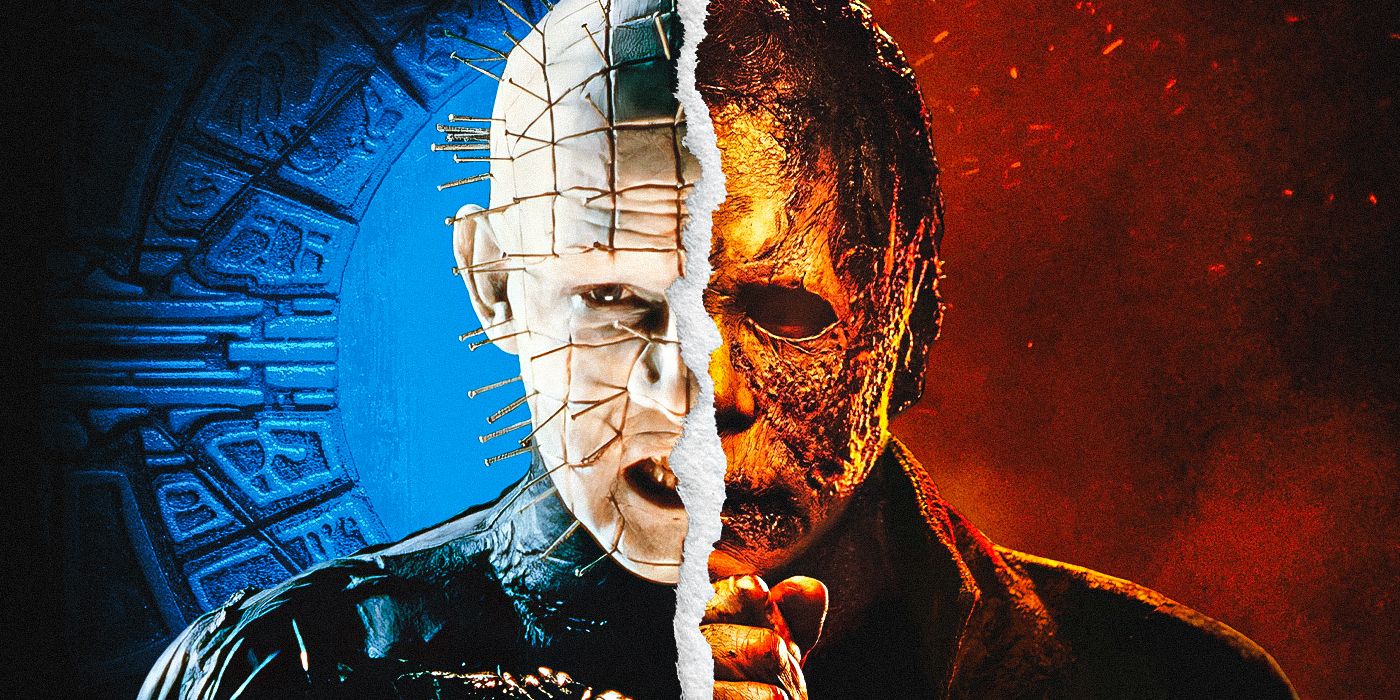
Whatever Happened to the Halloween/Hellraiser Crossover Movie?
Michael Myers and Pinhead could have teamed up to raise hell together!In both cases, the mask becomes more visually striking...and less unique. Less Michael Myers, a character who feels less like a monster the more you try and turn him into one. In that way, the evolution of the mask is just a microcosm of the franchise's uneven history. Carpenter's Halloween works so well — and remains so damn scary —because he boiled terror down to its bare-white bones. A madman escapes from a mental institution, puts on a mask, and returns to his hometown, knife in hand. Haddonfield could be your neighborhood, Laurie Strode (Jamie Lee Curtis) could be your daughter — or your friend, or you — and the man who comes to terrorize both gives you nothing; no motive, no reasoning, no emotion. By the end of Halloween, nobody but Loomis (Donald Pleasence) knows who Michael Myers is, why he came, or where he went. Every single subsequent detail, shading, and empathizing in the 43 years since has made Michael Myers a less frightening figure.
Michael Myers' Mask in 'Halloween Ends' Reflects the Passage of Time
Even if David Gordon Green is guilty of trying to make Michael Myers look too scary in his updated mask, at least he tried to make it resemble the original William Shatner design for continuity’s sake. Still, what is at first a weathered look for a mask that’s supposed to be 40 years old becomes one that looks like a roasted marshmallow in Halloween Kills, before becoming its final shape in Halloween Ends. Halloween Ends takes place a few years after the events of Halloween Kills. Not only is the mask old and charred, but now it’s further worn from being in the elements, as Michael has been living in the sewers of Haddonfield this whole time, wearing his mask when he comes out to kill and storing it who knows where when it comes off. It must smell wonderful. The air and water have caused it to decompose, with the mask now a glob of goo that hangs from The Shape’s face. It makes Michael look more like a rotting zombie than anything else. And when his heir apparent, Corey Cunningham (Rohan Campbell), puts on the mask, it sags, as it's too big for a young man much smaller than Myers.
When it comes to Michael Myers' mask, the more you do to it, the more you lose what makes Michael Myers scary, what Carpenter, Wallace, and invaluable writer/producer Debra Hill created with the type of creative ingenuity a $300,000 budget demands. Sometimes, it really is just that simple; sometimes, the cost of creating an icon is just around $1.98.
Halloween is available to stream on AMC+.

